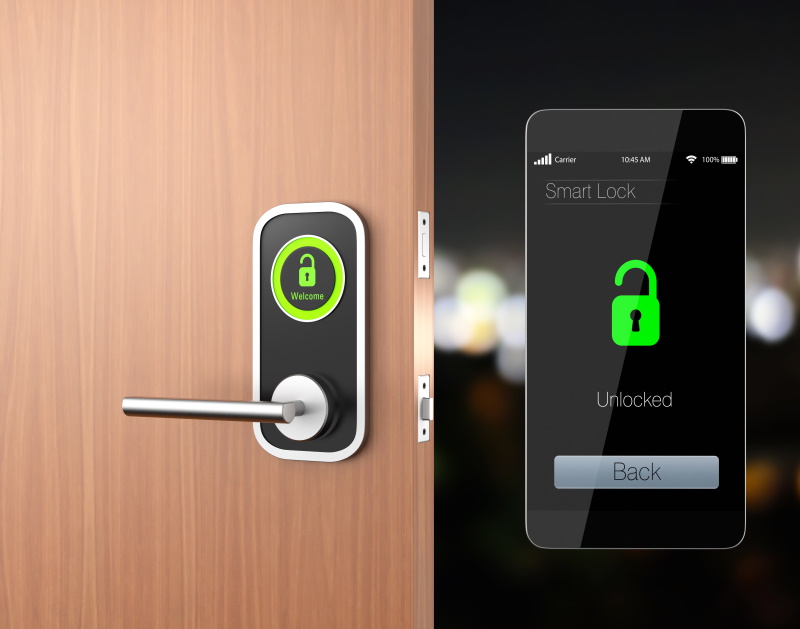Let’s talk about housewide retrofits for aging in place – those items you’ll want to take care of around your entire home to make it ready for a time when you or a family member may have physical disabilities associated with aging.
This week, we’ll cover a few simple items that can be accomplished in a weekend with minimal difficulty and cost.
Replace Round Cabinet/Drawer Pulls with Bars
One of the simplest and least expensive modifications you can make is replacing traditional round doorknobs and cabinet/drawer pulls with handle or bar pulls.
Round knobs and pulls can be uncomfortable and difficult to use for people with arthritis in their hands or wrists. With a drill and a trip to the hardware store (or your favorite online shopping venue), you can replace them with easier-to-use bar-style or handle pulls in an afternoon.
Project difficulty: low
Cost: low
Replace Round Doorknobs with Levers
Doorknobs with lever-type pulls make opening and closing doors easier and less painful because they don’t require the grasping and twisting motion that can be difficult for seniors with limited mobility in hands and wrists. There are many options, with and without locks, to choose from. While replacing doorknobs can be a little trickier than replacing cabinet and drawer pulls, most homeowners can accomplish it with a little knowhow (or guidance from YouTube.)
Here are some things to consider when selecting new doorknobs:
Keyless Entry Systems
Some people with arthritis or other mobility problems in hands and wrists may find a keyless entry system easier to use than a traditional key. Locks with pushbutton keypads are simple to install and use. Look for models with large, well-spaced buttons and big, legible numbers that won’t be difficult for aging eyes to see.
Smart Locks
The tech enthusiasts among us can also consider a smart lock system. These systems allow users to lock and unlock the door via a smartphone or, for some models, a fingerprint sensor. The simplest systems use a Bluetooth connection to a smartphone app, while more advanced smart locks can be integrated with a smart home system and have other features, such as remote locking and unlocking and entry monitoring. These can be especially useful for providing access to caregivers. (CNet has a good guide to selecting a smart lock system.)
Project difficulty: low to medium
Cost: low
Consider Additional Lighting
Falls are one of the greatest risks for older people aging in place. Adequate lighting is essential for preventing them, but many of us don’t think about it until an accident happens.
The first step is to assess where you might need to add additional light throughout your home. Increasing ambient light in important pathways and darker rooms can help seniors avoid objects that could trip them up, while adding task lighting in areas like the kitchen or office can make food prep, reading and working easier on aging eyes.
Making lights easy to use is important. Installing touch switches, which are easier to manipulate than tiny knobs and switches, can help. In addition to installing large wall switch plates to control lights, you can change any outlet into a switched outlet using a simple plug-in converter, allowing you to turn lamps on and off with a large switch that can be mounted almost anywhere in a room.
Motion-Sensing Lights
Stick-on LED lights can easily be added anywhere you might need just a bit of additional light, like inside closets or dark hallways and stairways. Motion-sensing models can make things even safer by automatically lighting your way even if you forget to hit a switch.
Smart Lights
Smart lights, which can be voice-activated or controlled via a smartphone app, are another good choice for aging in place. There are many options, including smart bulbs and smart plugs, and they can integrate with a smart home system or voice assistant (like Amazon’s Alexa or Google’s Home) to increase options for voice control and automation.
Project Difficulty: Easy
Cost: low to medium
A version of this post ran in 2020.


